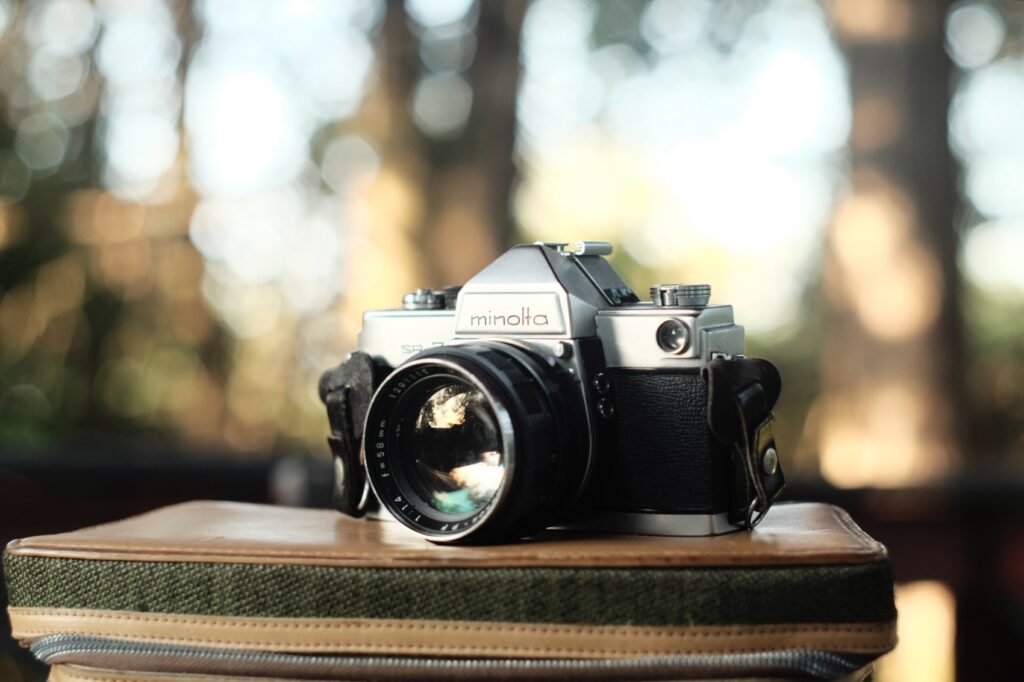
My wife, the pups, and I like going to Michigan’s Keweenaw Peninsula several times a year to relax on the beach, visit family, and do light work on our house there. I alwa...
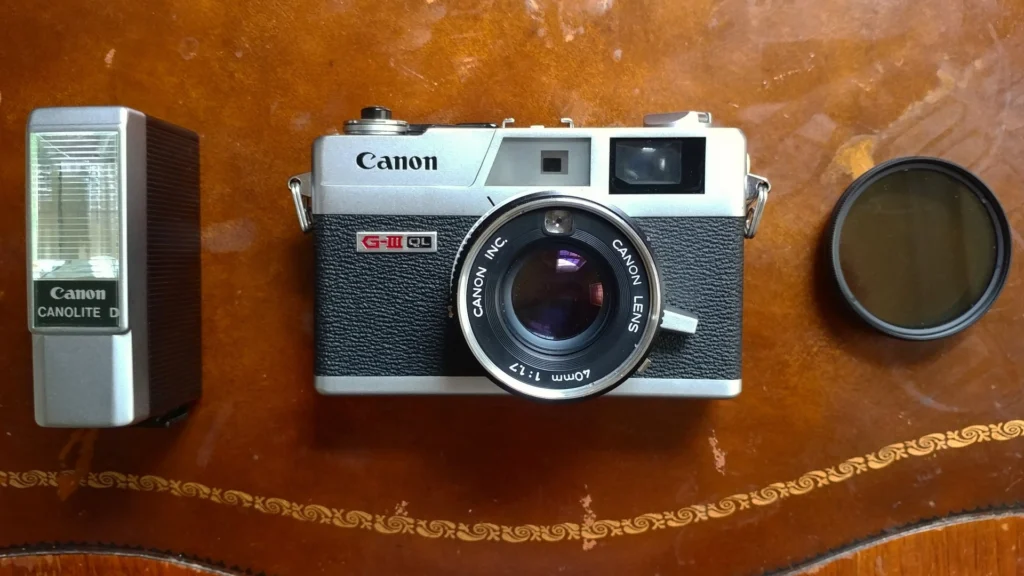
I recently picked up a copy of a Canon Canonet QL17 GIII that showed up at my local camera shop. This is not a new camera to me. I have had and also wrote a KEH review for it in...
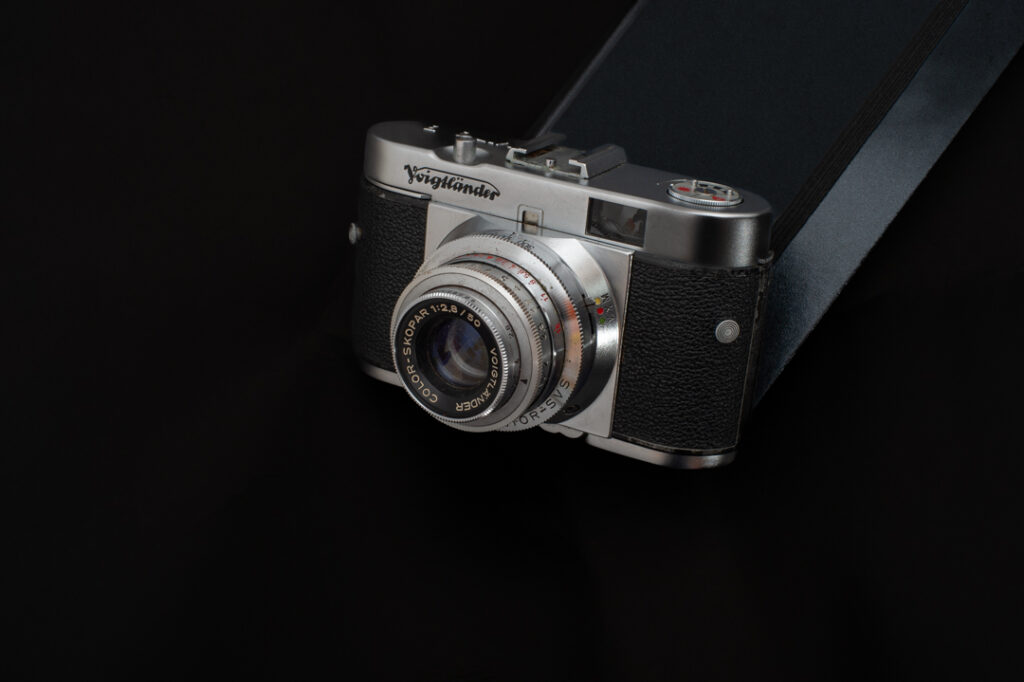
I got my first camera at the age of 6. It was a properly functioning toy camera, (hearsay your honor), love at first sight, and though I did not master photography, I did proper...
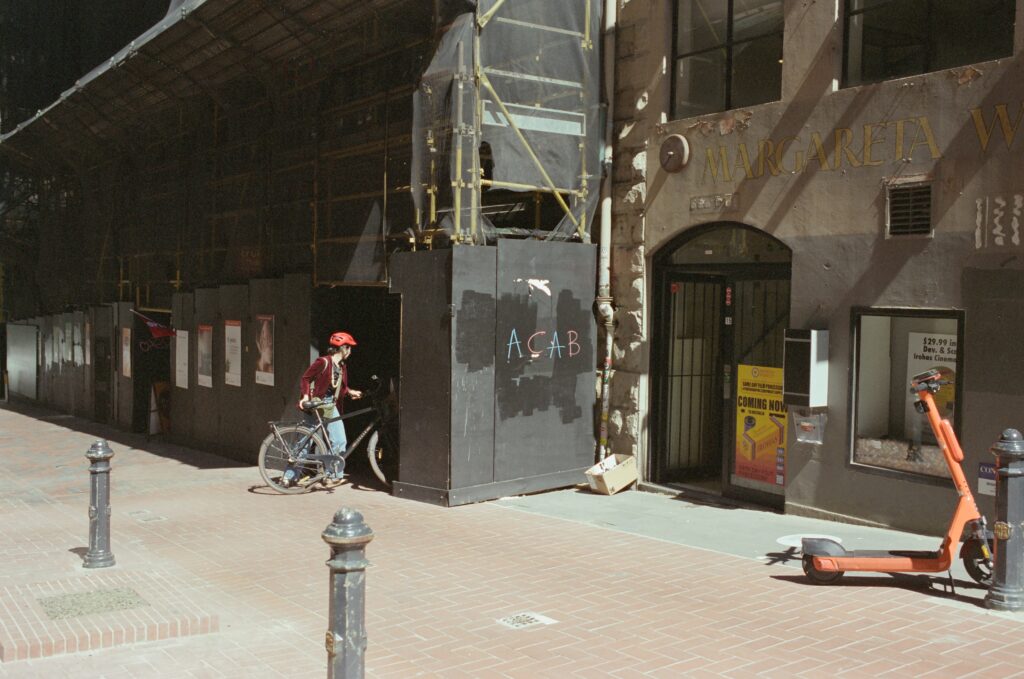
I’ll be honest, I have never shot any cine stocks like Kodak 250D or 500T which seem to be shot by most people. There’s been a couple of reasons for that. Cine film ...
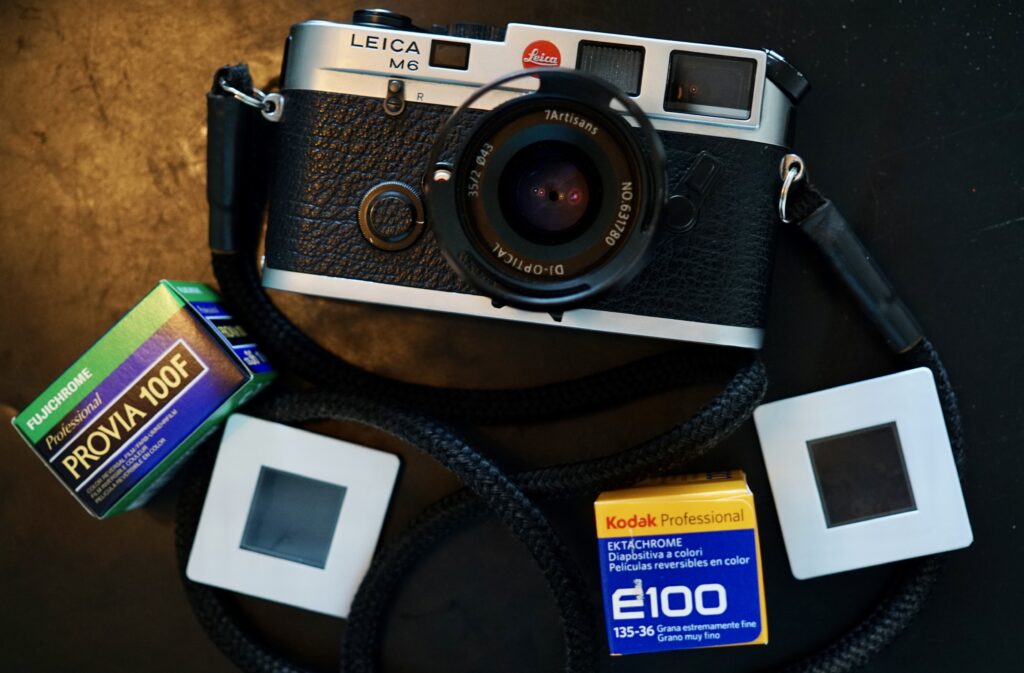
To be frank, E6 isn’t EZ. If you’ve read anything about slide film (E6 or reversal film) online it is that to unleash the real potential of it’s magnificent deep colour palette,...
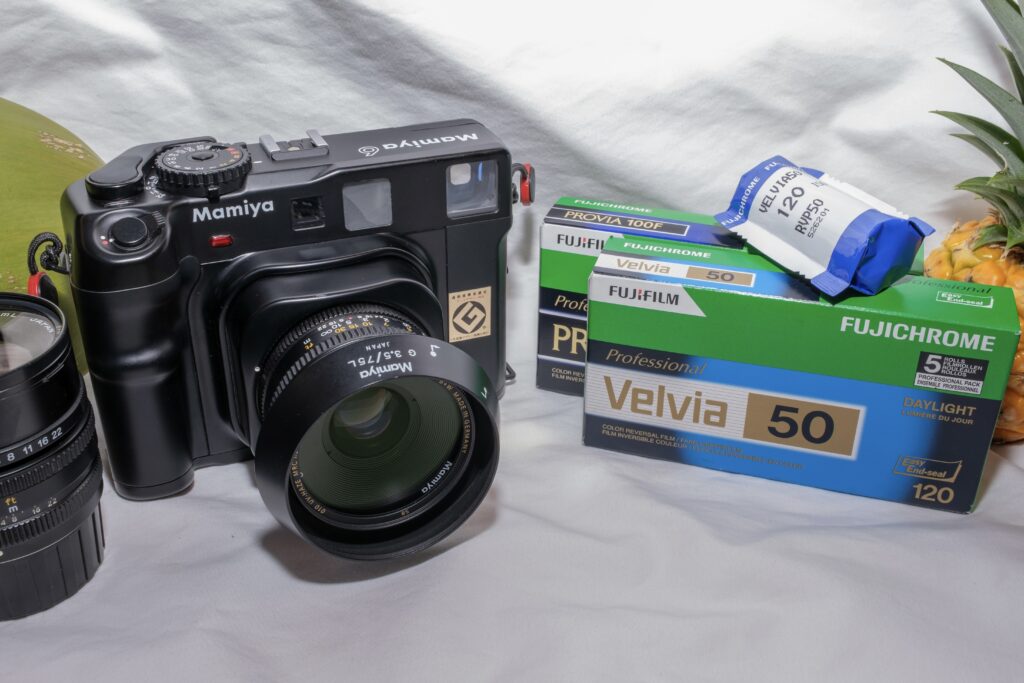
Since getting back into film, photography has become a focal point of my travels, even when it’s simply to document the mundane. Unlike the bottomless nature of digital photogra...

I’ve never played Polo, in fact I don’t know much about it and have no idea about most of the rules, to me it’s a bit like Soccer on horseback – or is it...
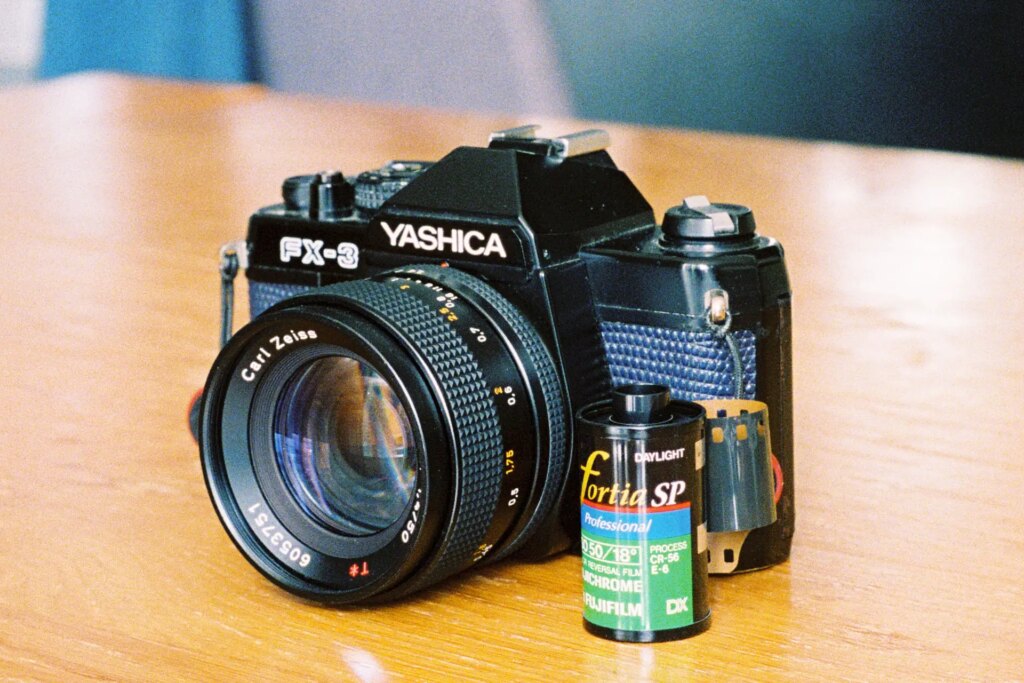
A while ago, I got hold of a couple of 35mm Fujichrome Fortia SPs expired in 2008. It came from a photographer who promised it had been kept frozen when they were still fresh. I...







